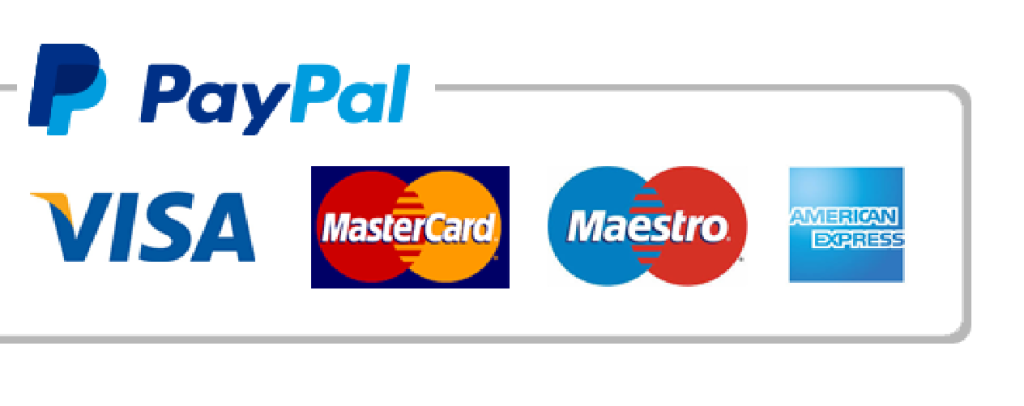1. Define your e-commerce business idea
The first step in starting any business is to hone your idea. Online business ideas can include selling physical or digital products as well as professional services. Whatever you choose, you’ll want to define your e-commerce business model and write a business plan that outlines your niche.
During this process, you’ll start to ask a lot of questions: How will you get your products or services to your customers? What sort of licenses or permits do you need? How much will it cost to get your business up and running — and how will you foot that bill? Your business plan should answer these questions and provide a road map for the coming months.
2. Set up your business
Once you’ve solidified the your e-commerce business idea, the next step is to set your company up for success.
This includes back-office steps like:
- Choosing a business structure. There are benefits and drawbacks to each of these entity types, so talking to an attorney may be helpful as you choose the one that’s right for you.
- Naming your business. Consult your local secretary of state’s website as well as the U.S. Patent and Trademark Office to ensure that you’re not choosing a name that belongs to another company. Check to see if your potential business domain name is available as well.
- Opening a business checking account. We recommends all business owners have a dedicated bank account for their business.
- Getting licenses and permits your city or state requires. This probably includes a business license, and if you perform services, you may also need an occupational license. Check your state or local government website for requirements for your area.
3. Source or develop your products
Next, you’ll need to source the products you’re going to sell. If you’re selling physical products, you may need to make them yourself or work with a manufacturer.
Are you going to order products in bulk and keep inventory in stock? Or will you rely on dropshipping, in which products are manufactured or sourced at the time the order is placed? In general, dropshipping may keep your overhead costs lower, but it can be more difficult to manage. Maintaining inventory requires more upfront spending, but you’ll have the power to pack and ship orders yourself.
If you’re selling professional services, you might just have to describe and list what you offer on your business website. Still, you’ll need to figure out how much to charge and decide how many clients you can see each day or week.
4. Set up your e-commerce website
Your e-commerce website will be your storefront. It’s where your customers will learn about you and your business, browse your products and make purchases.
The easiest way to set up a website is to use an Web design Service provider like us. These platforms can walk you through the process of launching your site, from buying a domain name to managing your inventory to taking credit card payments.
Popular e-commerce website builders include WordPress , Shopify, Squarespace etc. The best platform for you fits into your budget and is appropriate for your skill level. Most offer the option to pay a professional designer or developer if you don’t want to build the website on your own.
6. Market your e-commerce business
Now that you have your products or services listed on your online store and your website is up and running, you’re ready to start serving customers as long as they can find your products.
Your marketing strategy might include:
- In which you list your products on third-party marketplaces like Amazon and Instagram. Some e-commerce website builders can help facilitate this.
- Influencer marketing, in which you pay popular social media creators to plug your products.
- Social media content or paid social media ads.
- Optimizing your business website for search engines.
- Sending email campaigns to past and future customers.



